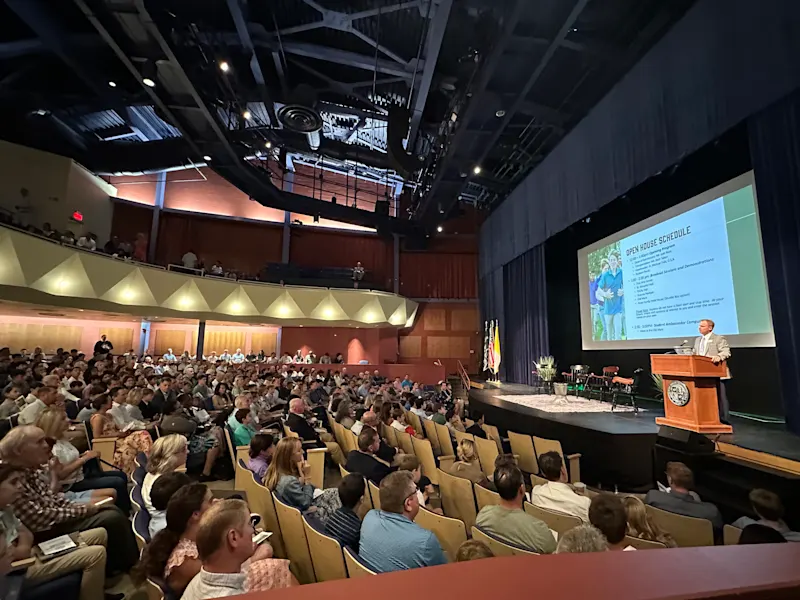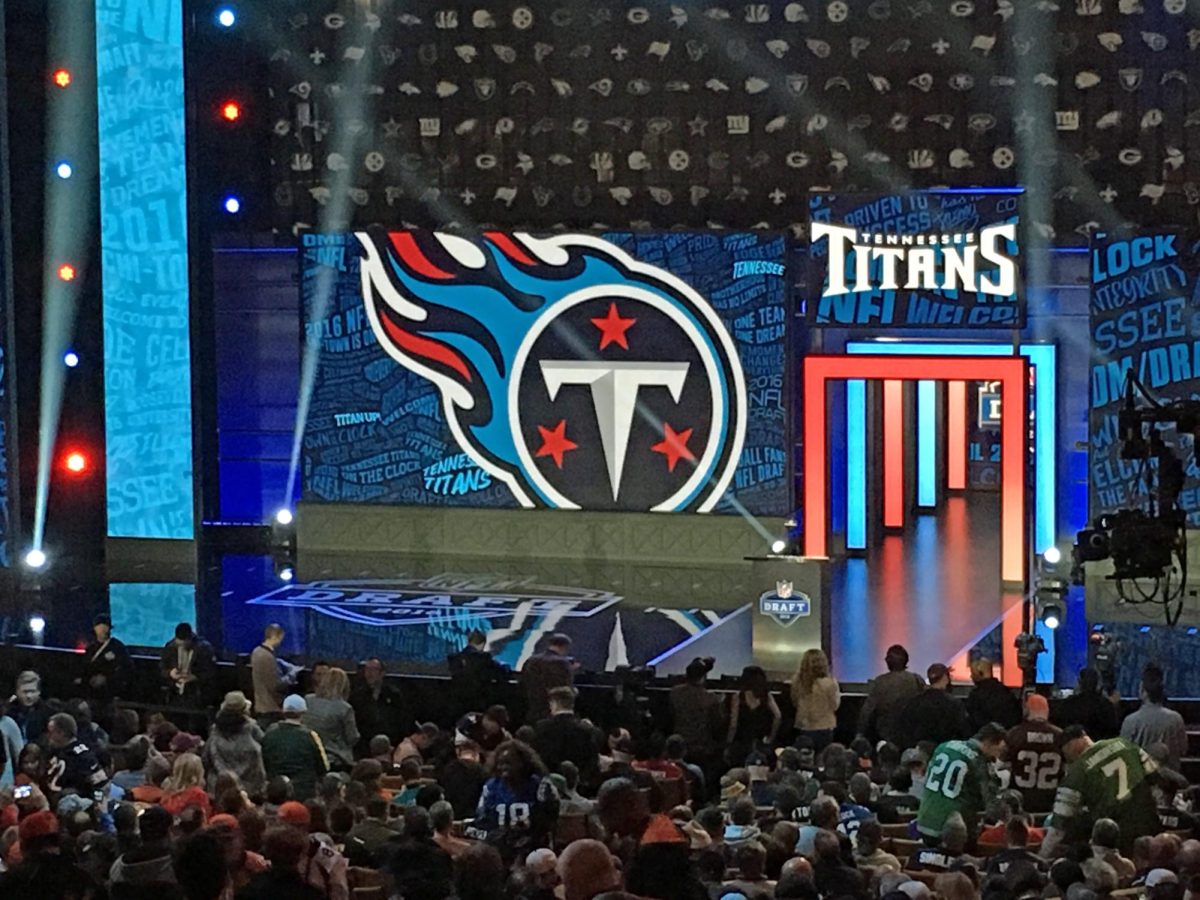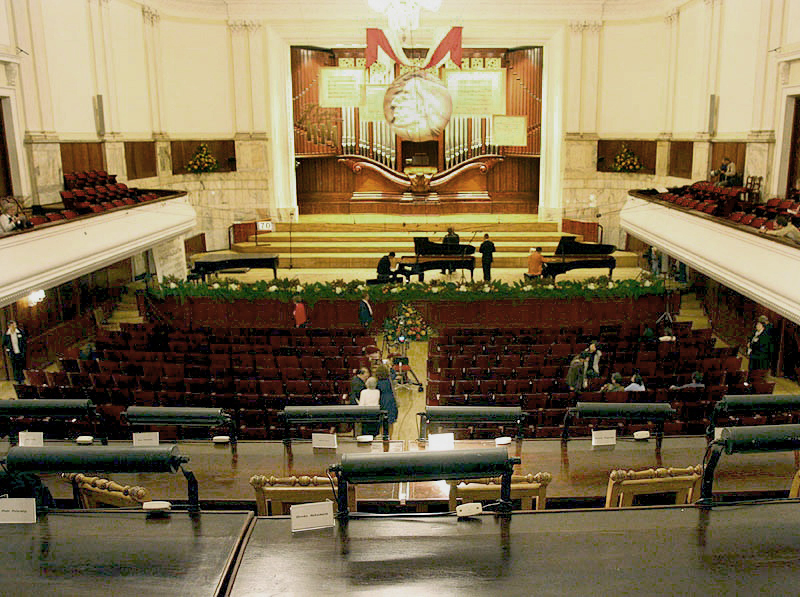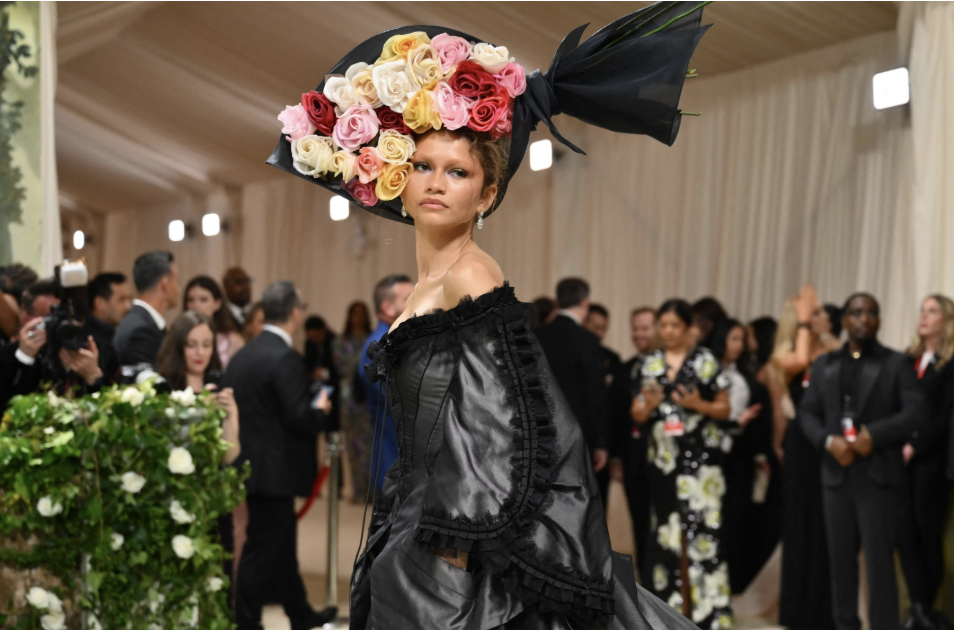Gustav Holst’s “Planets Suite” Review Series Pt 2: Venus
February 27, 2018
“A Human is the Sun and his feelings are the Planets.”
In Gustav Holst’s iconic classical music collection, “The Planets Suite” he portrays various different tones and styles to captivate listeners and transport them to alternate worlds. In this series, I am recapping every movement from this legendary collection, and offering my two cents on the quality of the pieces, followed by a ranking at the end.
Venus: “The Bringer of Peace”
Length: 8:12
Performed by: The Royal Liverpool Philharmonic Orchestra
Despite a scalding 864 degree surface temperature and a toxic atmosphere on the actual planet, Gustav Holst characterizes Venus as “The Bringer of Peace,” as the Roman goddess Venus is the goddess of love. This movement from Holst’s “Planets Suite” is marked most notably by a gorgeous and serene tone. The piece starts with a majestic and hauntingly peaceful french horn solo. Then, the basses and woodwinds join in, and so the piece starts to develop. Moving quarter note chords progress from more dissonant to resonant qualities as the piece appears to build, yet Holst strips the orchestra down back into a repetition of the original horn solo.
At 1:55, my personal favorite part of the piece begins to develop. If you only have a minute or so to listen to the piece, definitely listen to this section at 1:55. A majestic chord progression builds and culminates in a magnificent block chord at 2:04 that sends chills down the listener’s spine. The violin solo that follows is one of the most famous solos in classical music. The entire violin section repeats the solo, creating a haunting and serene effect. At 3:38, an oboe and flute exchange solos to transition the piece into a new section.
The strings dominate this portion of the piece, as Venus transforms from a serene piece into a majestic one. A repetition of the opening horn solo represents Holst’s tendency to include recurring themes in all his “planets”. The ending of the peace is filled with gentle high strings, flute, and bells; thus, Holst brings the theme of serenity and tranquility full circle from the beginning of the movement.
Final review: Venus is preferable to Mercury in many ways for me. First of all, its serene melody: Venus is very easy on the ear (and great homework music, if you ask me!) Unlike Mercury, the chords in Venus just melt in one’s ear as the interval spacing is designed perfectly to create a sense of calm. Second, the horn features: as a french horn player, I am partial to pieces that feature the horn, and “Venus” fits the bill. Whether it is the opening horn solo, or playing lead in many of the interior sections, the french horn is an integral part to the piece. Finally, its smoothness. Mercury is a bit choppy in the way it jumps from one section to another, while I prefer the more fluid transitions presented in Venus. Venus, although not quite on the same level of fame as Mars and Jupiter, is still revered in classical music. Princess Leia’s theme from Star Wars was inspired by this piece, and it has served as the basis for many different selections of Star Wars music. However, while it is a masterpiece in its own right, it cannot match this next movement’s iconic place in classical folklore…Stay tuned!
Next up: Mars

























